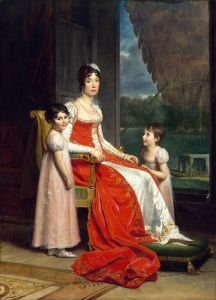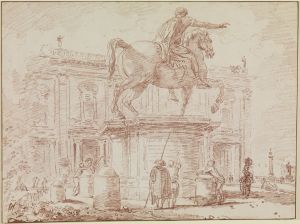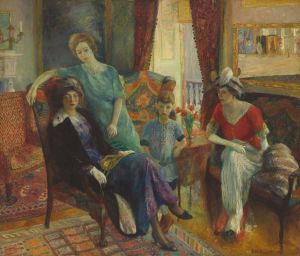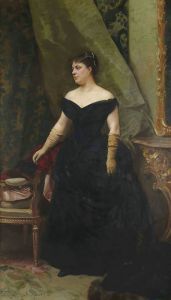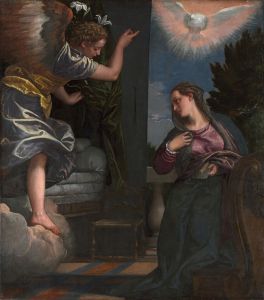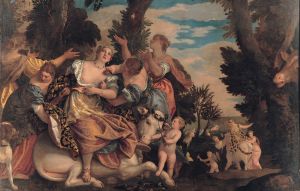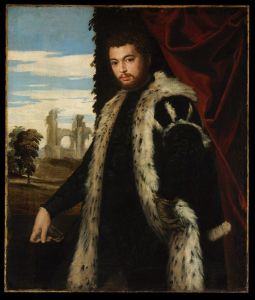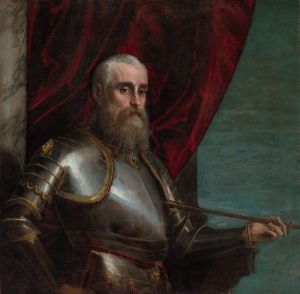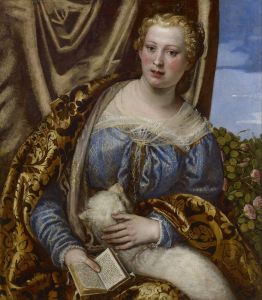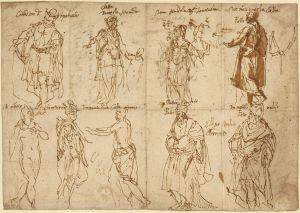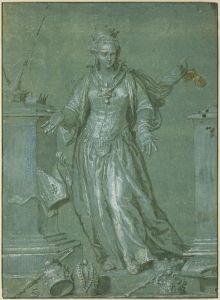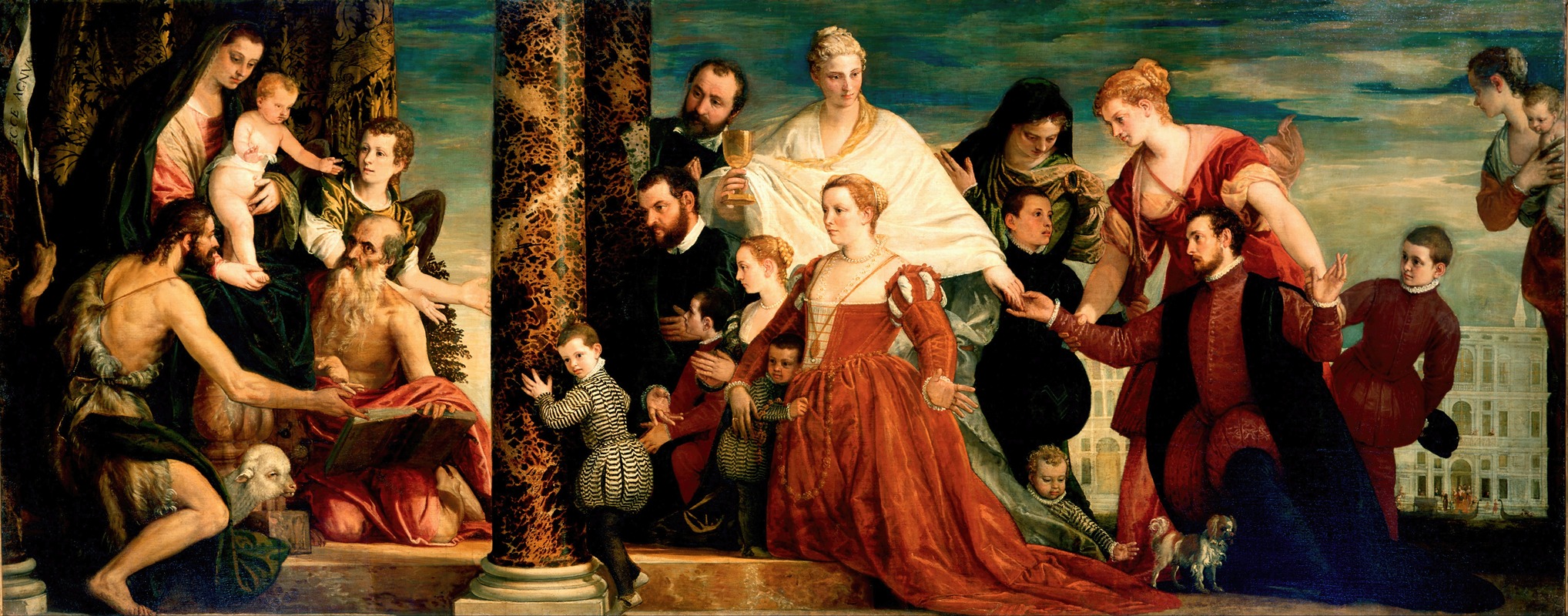
The Madonna of the Cuccina Family
A hand-painted replica of Paolo Veronese’s masterpiece The Madonna of the Cuccina Family, meticulously crafted by professional artists to capture the true essence of the original. Each piece is created with museum-quality canvas and rare mineral pigments, carefully painted by experienced artists with delicate brushstrokes and rich, layered colors to perfectly recreate the texture of the original artwork. Unlike machine-printed reproductions, this hand-painted version brings the painting to life, infused with the artist’s emotions and skill in every stroke. Whether for personal collection or home decoration, it instantly elevates the artistic atmosphere of any space.
"The Madonna of the Cuccina Family" is a renowned painting by the Italian Renaissance artist Paolo Veronese, created around 1571. Veronese, whose real name was Paolo Caliari, was a prominent figure in the Venetian school of painting, known for his vibrant color palette, grand compositions, and intricate attention to detail. This particular work exemplifies his mastery in depicting religious themes intertwined with portraiture, a common practice during the Renaissance period.
The painting was commissioned by the Cuccina family, a wealthy and influential family in Venice, who were patrons of the arts. The artwork was intended to serve both as a devotional image and a testament to the family's status and piety. It features the Madonna and Child, a central theme in Christian art, surrounded by members of the Cuccina family, who are depicted in contemporary Venetian attire. This inclusion of the patrons within a religious scene was a typical practice of the time, allowing families to express their devotion while also immortalizing their likenesses within a sacred context.
Veronese's composition is notable for its harmonious balance and the use of architectural elements to create a sense of depth and perspective. The figures are arranged in a semi-circular fashion, with the Madonna and Child elevated on a throne, drawing the viewer's eye to the central divine figures. The use of light and shadow, along with Veronese's characteristic color palette of rich reds, blues, and golds, enhances the painting's visual impact and adds to its sense of grandeur.
The painting is also a testament to Veronese's skill in portraiture. Each member of the Cuccina family is rendered with individual attention, capturing their distinct features and expressions. This level of detail not only serves to honor the patrons but also reflects the artist's ability to blend realism with the idealized forms typical of Renaissance art.
"The Madonna of the Cuccina Family" is housed in the Gemäldegalerie Alte Meister in Dresden, Germany. It remains an important example of Veronese's work and a significant piece within the context of Venetian Renaissance art. The painting is celebrated for its combination of religious iconography and portraiture, showcasing Veronese's ability to navigate the demands of his patrons while maintaining his artistic vision.
In summary, "The Madonna of the Cuccina Family" is a quintessential work by Paolo Veronese that highlights the intersection of art, religion, and social status during the Renaissance. Its preservation in a major European collection ensures that it continues to be studied and appreciated by art historians and enthusiasts alike.





